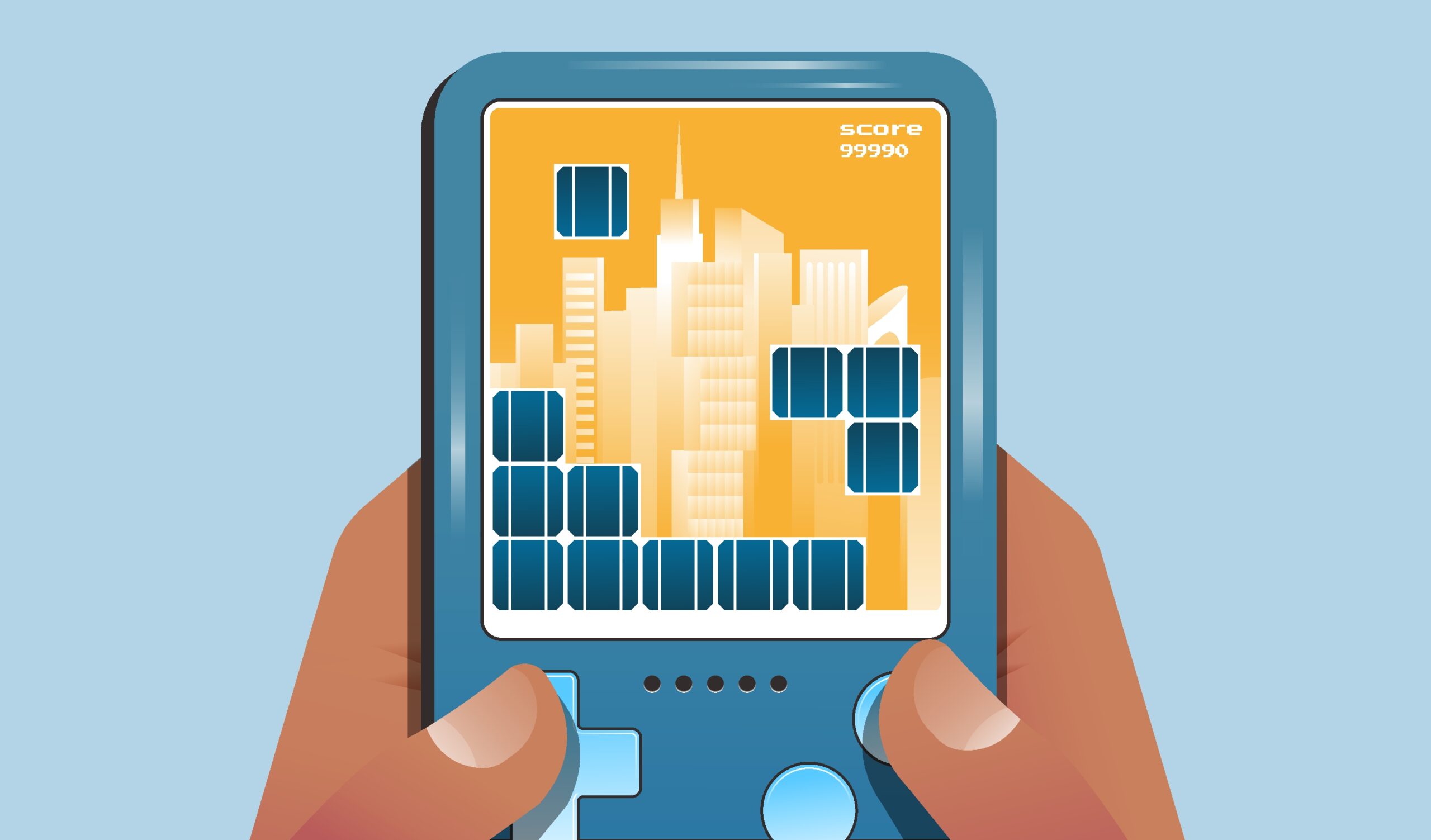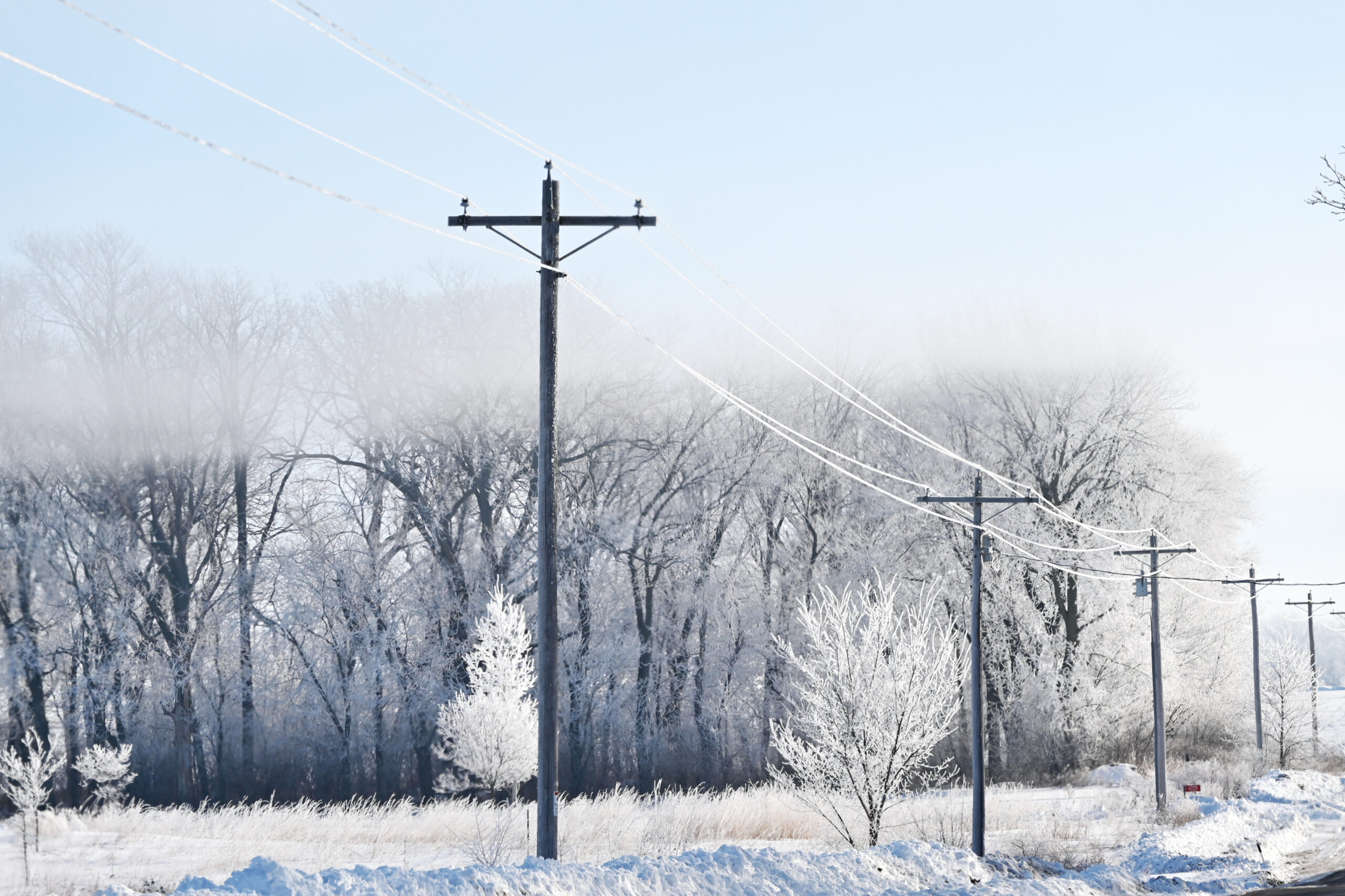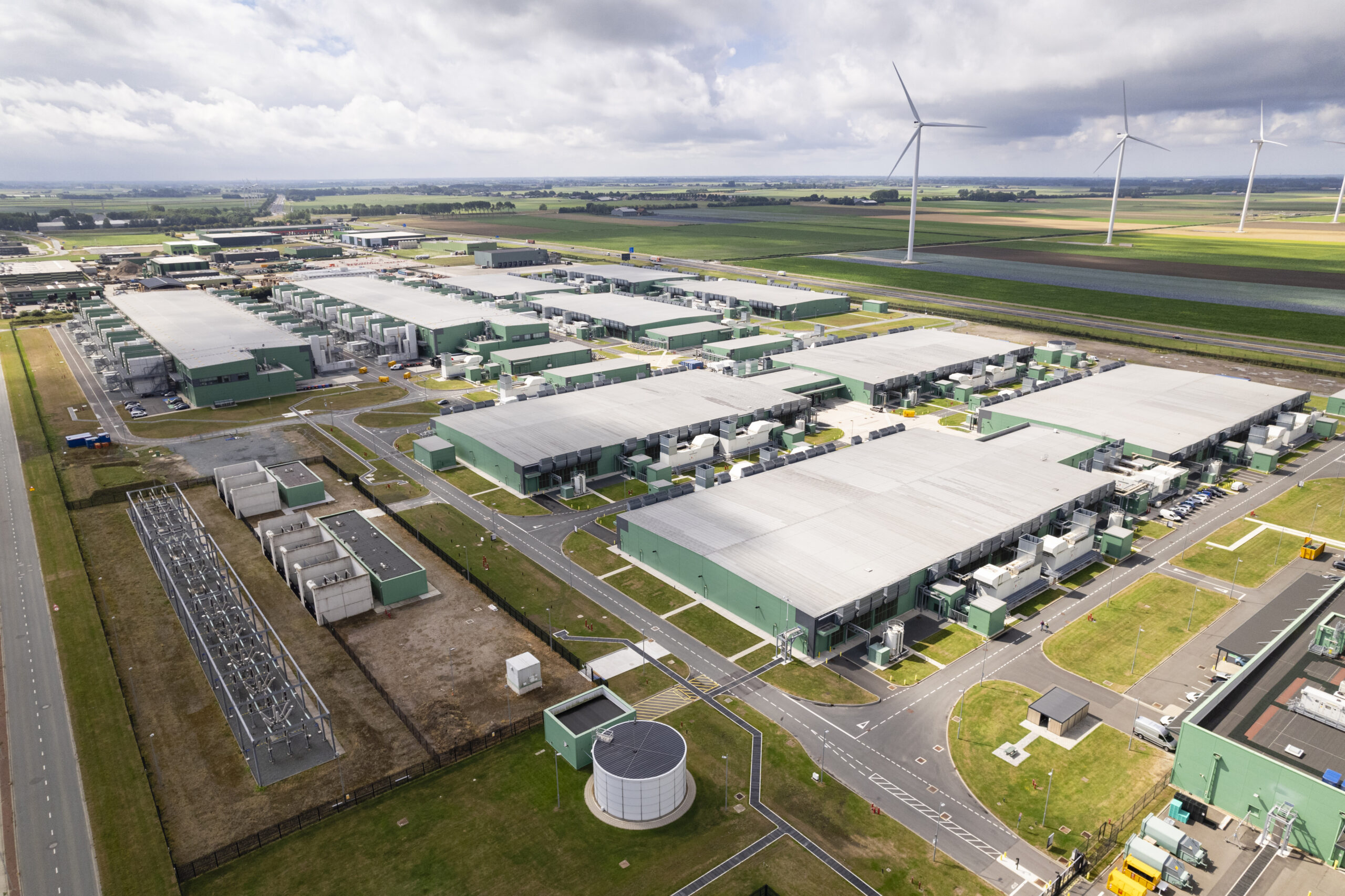As of December 2024, analysts anticipate U.S. electric load demand to increase by 15.8% by 2029. This increase in demand is driven by numerous factors, including the rapid expansion of energy-hungry AI and data centers, the electrification efforts necessary during the energy transition, and the increased commonality of volatile weather events and extreme temperature degrees. This rising demand is compounded by the extraordinarily high costs of upgrading the U.S. electric grid, which could cost as much as $2.5t by 2035. Fortunately, demand flexibility initiatives, including EV charging and virtual power plants, present load shifting opportunities. Of all demand flexibility programs, demand response stands the test of time as the most effective long-term demand-side management tactic.
The History of Demand Response
Early demand response programs focused on load control. Initially, demand response functioned through the use of first one-way, then later two-way radio switches that were used to signal the start (and later conclusion) of a demand event. These switches were physically installed onto HVAC or water heater devices, meaning that there were physical limitations to the aggregate efficacy of demand response programs. Today’s DR programs have flourished, thanks in no small part to the Internet of Things (IoT) and WiFi-enabled devices, allowing grid operators and program managers to signal the start and stop of a grid event remotely and with little disruption to customer lives.
What is Demand Response?
Historically, utilities have relied upon peaker plants to meet demand during grid events. Unfortunately, peaker plants are expensive to maintain, have limited long-term utility, and increase the carbon output that further damages the environment. This solution is effective but cost-prohibitive and carbon intensive; peaker plants create as many problems as they solve. Conversely, demand response shifts usage to off-peak periods of demand through concerted device control and aggregate conservation.
Altogether, demand flexibility refers to any program that mitigates usage through conservation measures. Specifically, demand response is a collective conservation effort that minimizes grid drain during times of peak usage by limiting access to specific, energy-hungry devices. Peak hours of usage vary slightly per region but tend to spike during evenings when more people are at home.
Because the grid must always remain in balance, demand response is designed to mitigate these increases in usage by turning off high consumption devices like HVAC units or water heaters at their source. Failure to balance the grid can result in power outages or brownouts. Additionally, to meet demand, some utilities are moved to purchase energy to avoid outages, which in turn cuts into revenue and has the long-term potential to drive up rates.
How DR Works
Demand flexibility initiatives like demand response are enabled by distributed energy resources like solar, battery energy storage systems, electric vehicles & EVSE chargers, and smart home devices like thermostats and water heaters. In some instances, utilities may implement demand response programs using utility-held assets like battery or solar installations, aggregating charging times and redistributing available energy resources where and when they are needed. For utility-held assets, a grid-distributed energy resource management system (DERMS) is required to aggregate otherwise disparate devices. By contrast, Grid-Edge DERMS manages behind-the-meter DER assets found in residential, commercial, industrial spaces, and more.
Getting Started: The Importance of Enrollment, Communication, & Incentivization
Once started, every demand response program requires customer enrollment. There are many enrollment types for customers, including enrolling qualified, Wi-Fi-enabled smart devices or placing a control device directly on the targeted appliance. Enrolled customers are provided an incentive, often through the DERMS interface, in the form of a recurring credit during times that the program may be employed. Grid-Edge DERMS can manage customer engagement, including participation and enrollment, as well as, in some cases, helping to process customer incentives.
During DR events, utility companies control enrolled devices to decrease overall temperature, shift charging times, or minimize usage to free up resources for the grid. Furthermore, DR programs can push behavioral, process, and equipment changes to help control when electricity is being used, as well as provide a path to enhanced customer engagement and, ultimately, satisfaction.
Reliability & Topline Demand Control
It goes without saying that behind-the-meter DERs represent an unknown variable to grid operators. Unlike utility-held assets controlled through a Grid DERMS, behind-the-meter DERs have proven intermittent due to factors like cloud cover, customer willingness to participate, and more. By combining our Grid-Edge DERMS, AI, forecasting, and model predictive control, Topline Demand Control addresses this concern specifically by optimizing devices at a granular level to ensure optimal output every time. As such, Topline Demand Control affords utilities a path for utilities to optimize their behind-the-meter DERs for a reliable outcome every single time, erasing well-earned fears of intermittency while providing a consistent and bankable outcome; demand response has never held more potential than today.
When & Where Are DR Programs Utilized?
Demand response programs are utilized during peak times of usage. These events are activated depending on if the grid reliability is challenged. Because these events concern environmental changes, they typically occur during the temperature extremes, which are most commonly experienced in the summer or winter months. Before any events, utilities engage customers to alert them of the upcoming window without access to their enrolled device.
Why Does Demand Response Matter?
Demand response is an integral component in making the power grid more efficient while lowering the cost to provide electricity. While the Earth has had many events that altered the environment, carbon dioxide generated by people has increased 250 times faster than in the time that led up to the last ice age. Left unchecked, climate change has the potential to radically change the world, with temperatures rising, increased flooding, and higher occurrences of extreme weather. As a part of a concerted conservation effort, these programs are a way to unite communities to slow the approach of climate change.
What is Demand Response Conclusion
According to the Department of Energy (DOE), the U.S. needs between 80-160 GWh of virtual power plant capacity by 2030 to meet rising demand. Currently, the existing virtual power plant capacity is between 30-60 GWh, most directly attributable to demand response programs. As of 2022, there were roughly 10m customers enrolled in residential demand response programs across the U.S., which resulted in more than a terawatt of aggregate demand. Coupled with the explosive consumer adoption of behind-the-meter DERs, demand response has an even greater potential than ever to meet demand today while helping prepare for an energy-efficient tomorrow.
This story was originally published on November 10, 2021, with updates made on March 12, 2025.






